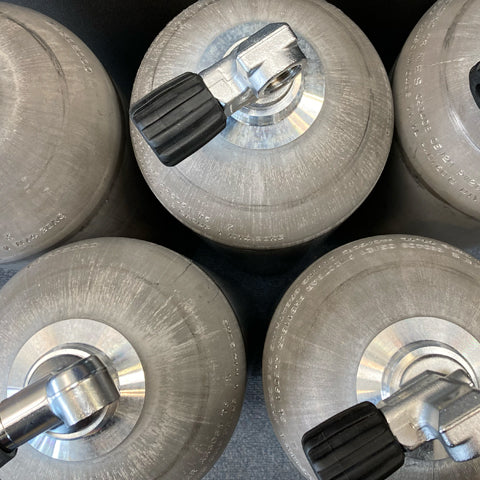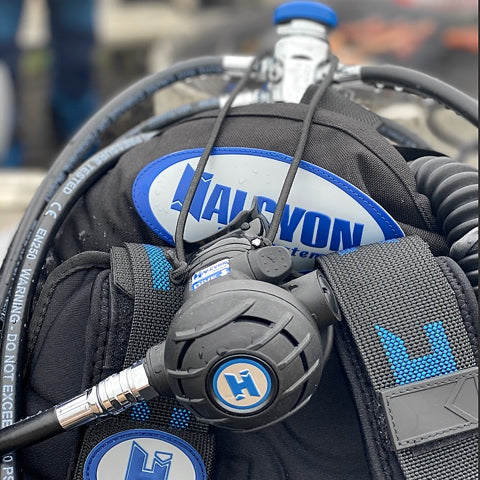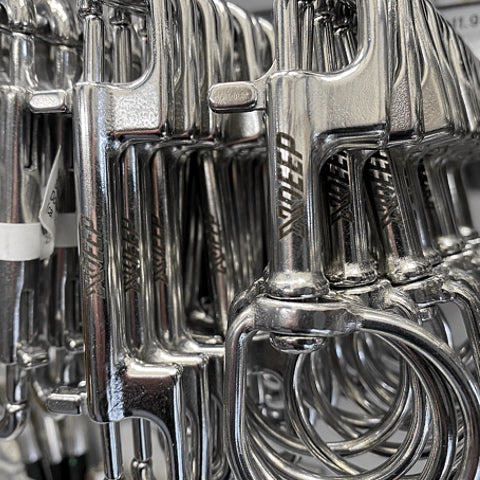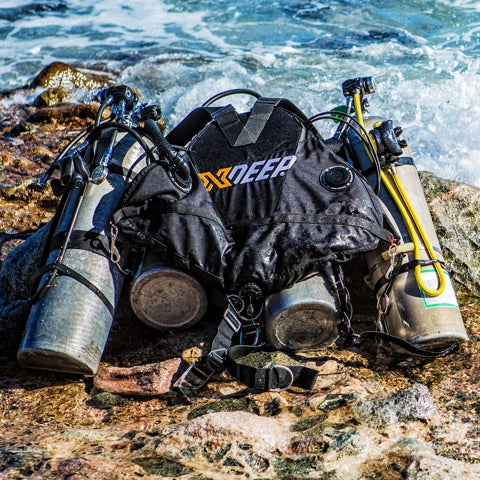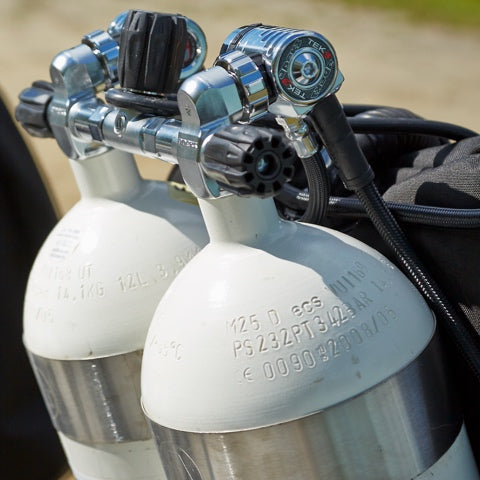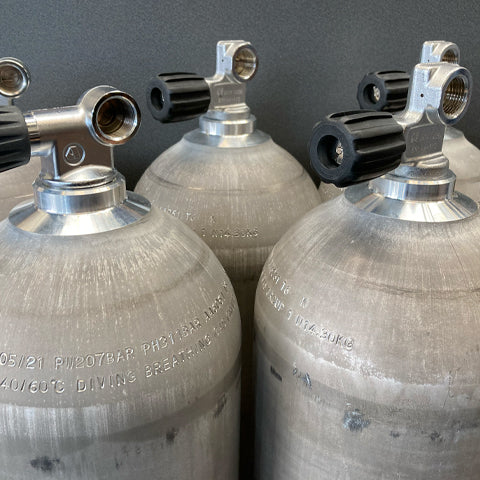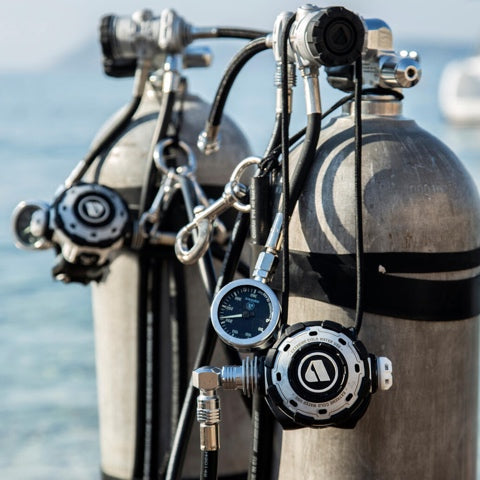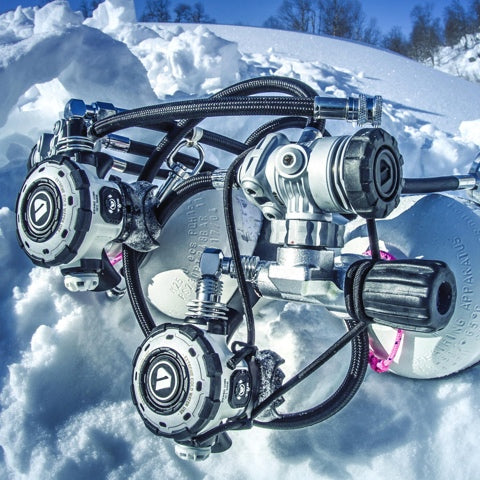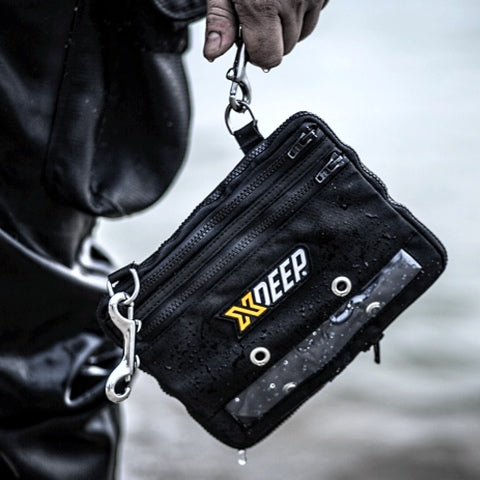This is a May 2023 update to our December 2022 report (underneath) on global helium supply issues and related record price hikes. According to Gasworld US Edition (June 2023) there looks to be more headwinds on the horizon as upcoming plant outages will present further challenges for global Helium supply.
According to the Gasworld report, ExxonMobile is set to close its LaBarge facility on July 10 for an estimated 29 days. Located in Wyoming, the LaBarge site produces more than 20% of the world’s helium and has an 80-year supply remaining.
As we understand from Gasworld US Edition's interview with Phil Kornbluth, President of Kornbluth Helium Consulting, ExxonMobil's 2023 shutdown will remove significant supply from the market and is expected to temporarily increase the current global supply deficit by 30% which is expected to lead to several months of market recovery.
According to Kornbluth, the 3rd quarter of 2023 is expected to be pretty rough for helium supply. This follows the outage of BLM’s Crude Helium Enrichment Unit from January to June 2022, which removed at least 10% of supply from the market.
You can read the full report (PDF) here.
December 2022 - Our Original Report:
Helium prices are going up big time and this time nothing’s incremental.
As of December 2022 one of UK’s main gas suppliers Air Liquide increased its Diving Grade (pure) Helium price including new surcharges by 200% after already implementing a 5% and subsequent 12% price hike earlier in the year.
We asked BOC what their position was and were informed that current high prices may be subject to further adjustment at end of the month or early January. It’s not far-fetched to translate the “may” into a “will”.
There are a number of reasons for the price increases on Helium but it all boils down to supply shortfall against strong (growing demand) by important industries with party balloon and dive cylinder fills being only a tiny, perhaps insignificant, segment of that demand.
If the world ran out of Helium, for those using it as a cooling medium, superconducting magnets in MRI scanners and NMR spectrometers, fibre optics and semiconductors, LCD screens, Quantum computers, barcode scanners and even the Large Hadron Collider (LHC) would be in trouble.
For those using Helium due to its low density (lighter gas), they’d be seeing weather balloons as well as airships and controversial decorative balloons grounded for good.
As divers, we use Helium to replace Nitrogen and therefore reduce narcosis, as well as a lighter gas for less work of breathing at depth and a deep gas allowing better decompression through carefully planned gas switches and ascent rates.
We’d either be restricting our future depths to avoid narcosis altogether, turning to lower grade Helium that would still be expensive (home brewing? What's that?) or going back to the dreaded “deep air diving” days that have cost many, plenty.
The one good news is that despite what Air Liquid defines as “a significantly constrained supply,” Helium is still available for diving.
The bad news is that the Helium Shortage 4.0 which began in the summer of 2021 is expected to continue throughout 2023, which could mean it’s going to get even more expensive in the years, if not months, ahead.
With diving grade Helium now costing more than 3 times per-bottle (J) Trimix diving is only going to be possible with rebreathers, most of which use 2 or 3-litre diluent bottles (though some can be up to 7L for even deeper and longer dives or repetitive diving).
Yet even then, the cost of bailout gas and Oxygen would be on top of what’s paid for the breathing Trimix.
As dive centres, we are now also facing additional “surcharges” both from BOC and Air Liquide ranging between £50 and £69 per-bottle (ex-VAT) which is reflected in the price increase.
In addition to these, delivery costs regardless of how many bottles are supplied, are in the £100 range and there is a monthly rental charge per-bottle.
So what’s next?
Not much good news as global demand outweighs supply and recreational/civilian diving is likely never going to be a priority for suppliers compared to industrial needs.
Although it’s one of the most common elements in the universe, helium is relatively scarce here on planet Earth.
The naturally occurring gas makes up only about 0.0005 percent of the planet’s atmosphere. It’s found largely in natural gas deposits.
The U.S., Qatar and Algeria are the three largest helium suppliers in the world, accounting for around or over 90 per cent of the total with the US in the lead by a large margin.
But now things have taken a turn for the worst.
Mostly with Russia where the breakthrough Amur project has had maintenance and repair issues while western sanctions on Gazprom as well as Russia's own retaliation via Helium export restrictions. These are cited as the reason for supply delays compounding the existing problem.
"Unexpected maintenance periods reducing product availability, delayed start of new supply and the current Ukraine conflict" are cited by Air Liquide as the main reasons for the ongoing supply shortfall against strong demand.
But there's also the other side of the argument: That the said shortages of the second most abundant element in the universe are artificial, created by deliberately limiting production to fix market prices, with the intention of raising Helium prices to a level they can never return from.
Whatever the reason... The shortages are here to stay for a while.
According to Air Liquide, the “scarcity of the molecule is expected to continue <snip> into 2023”. But much more like until the end of that year, and even through 2024.
What’s next looks unavoidable. Whatever the size of our bottles, wherever we fill them, they will soon cost more than they used to and we’ll either live with that, restrict the amount or use of Helium, or stop using it altogether 😢
For more on Helium shortages read the analysis "Helium Shortage 4.0 Likely A Prolonged Affair" at The Daily Oil Bulletin


